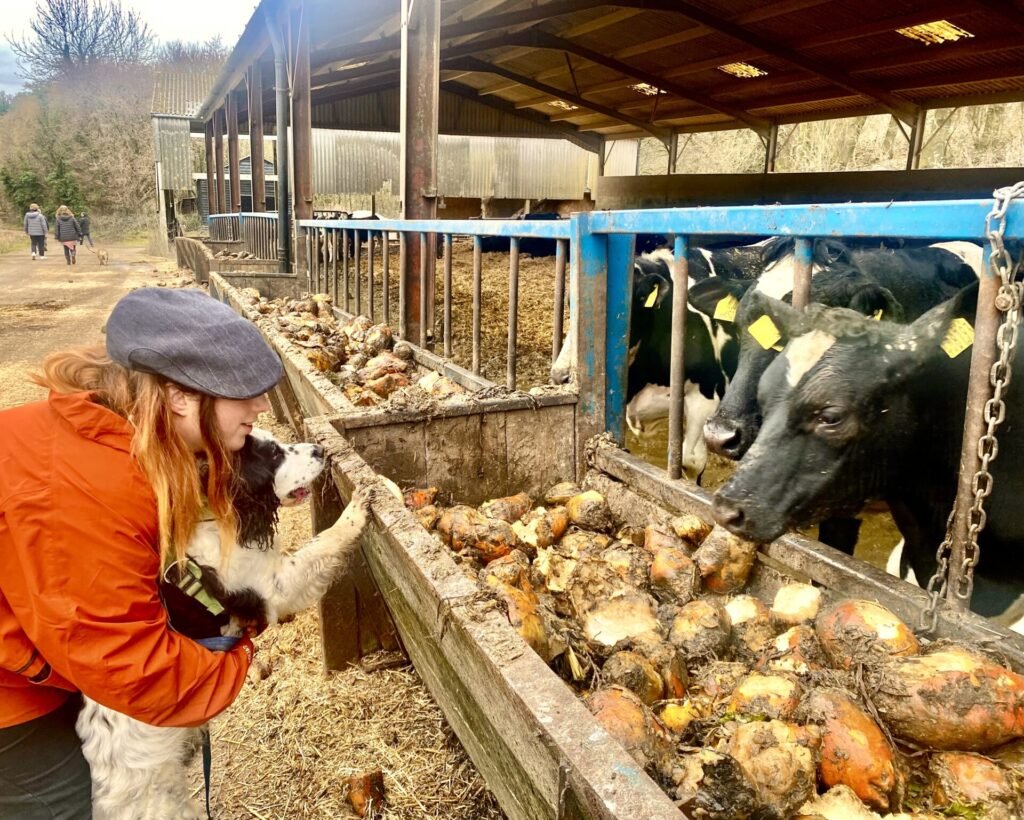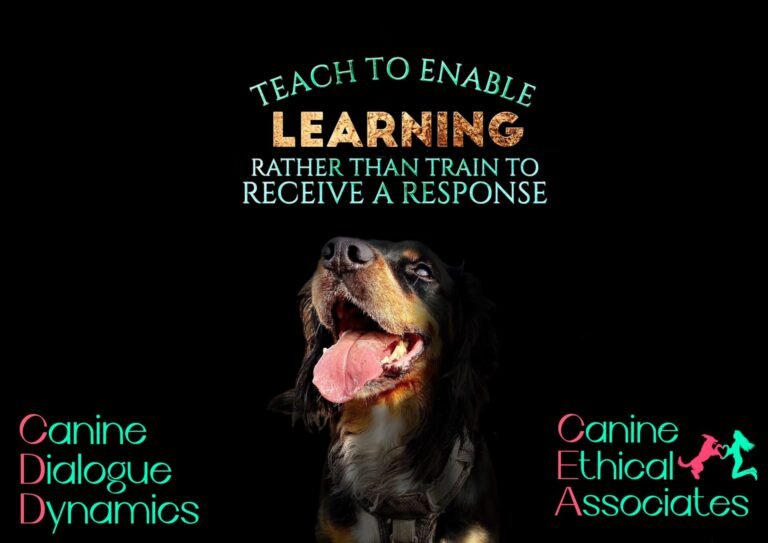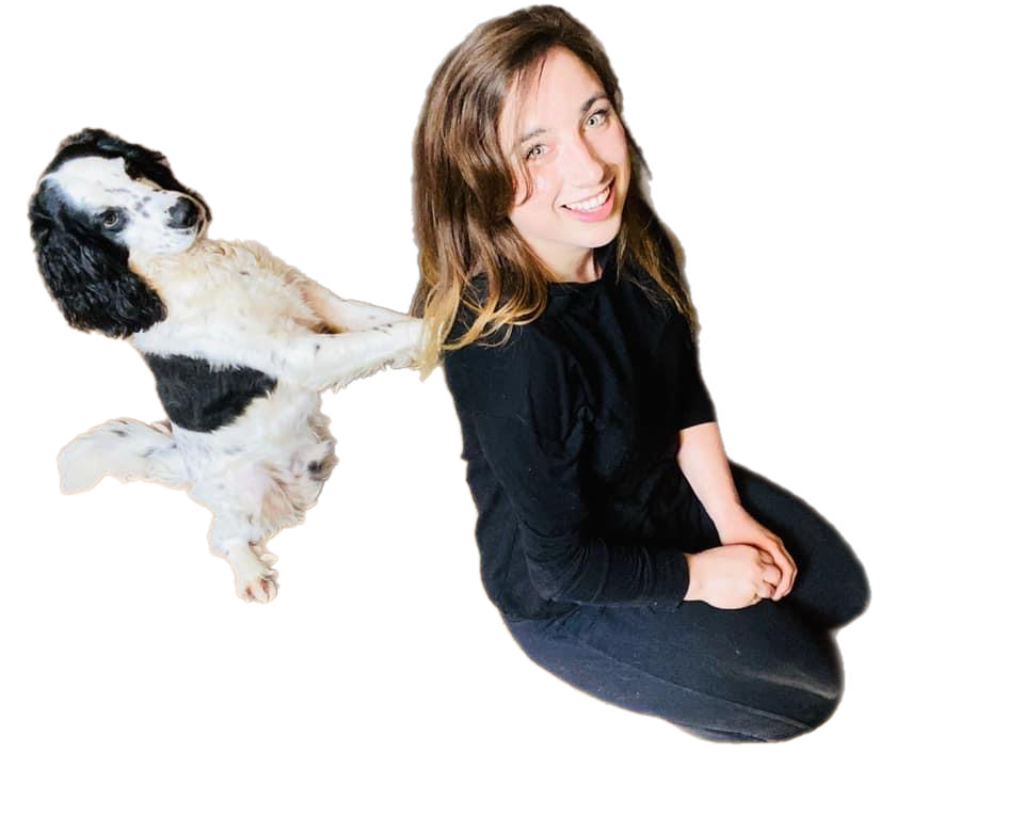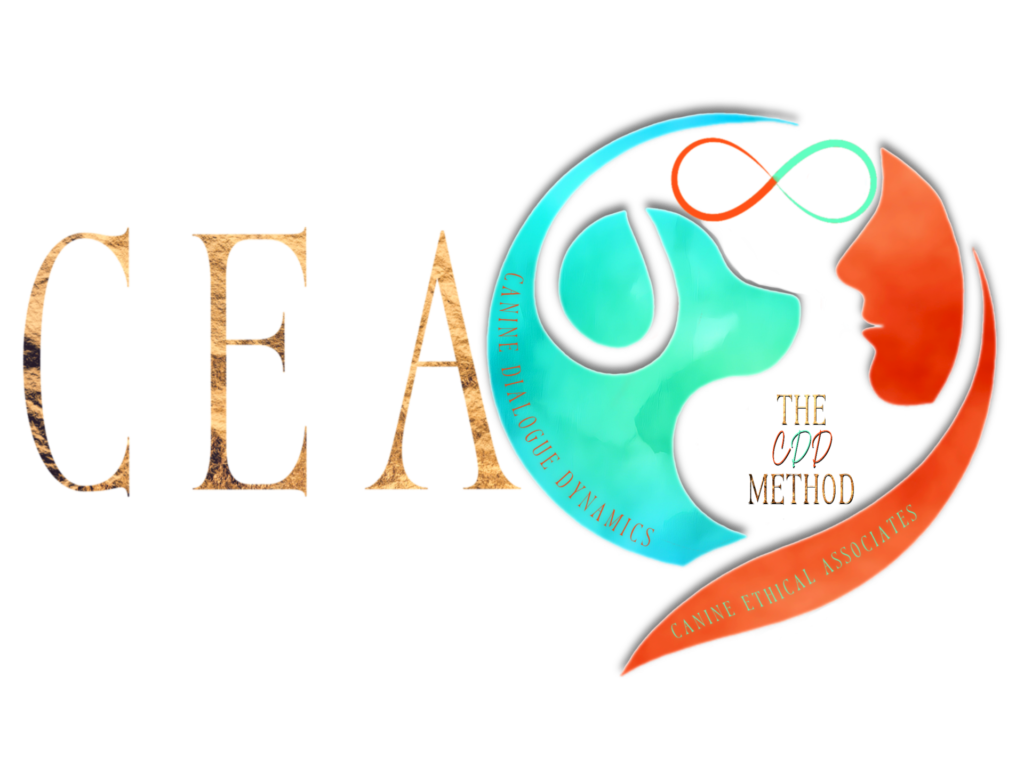For anyone who has delved deep into the world of dog training and behaviour modification, the term ‘flooding’ might sound familiar. But for those unacquainted, let’s first shed some light on what it is. Flooding, in behavioural terminology, is a technique where an animal is exposed to a feared stimulus until the fear dissipates, without any chance of escape. It’s the equivalent of someone making you face your biggest fear head-on, without any way out, in the hope that you’ll “get over it”. From the Canine Dialogue Dynamics (CDD) perspective, it’s essential to understand the risks and ineffectiveness of such an approach.

The Emotional Turmoil
At the core of CDD is a deep respect and understanding for a dog’s emotions. Just as humans, dogs too can experience intense emotions. When subjected to flooding, a dog is placed in an overwhelming environment where its emotional responses are stretched to the limit. This can lead to extreme stress, panic, and even trauma.
Imagine being intensely afraid of heights and being placed on top of a tall building without warning. The fear, panic, and helplessness one might feel in that situation can be equated to how a dog might feel when flooded with its fear.
The Shutdown Response: Silence Doesn’t Mean Consent
One of the misconceptions surrounding flooding is that if a dog stops showing a fearful response, it means they’ve overcome their fear. This couldn’t be further from the truth. In many cases, the dog might simply be in a ‘shutdown’ mode, a state of learned helplessness where they’ve given up trying to escape or react. It’s not that the fear is gone; it’s that the dog feels so overwhelmed and trapped that it ceases to react.
Why Flooding is Ineffective in the Long Run
From the CDD standpoint, true learning and behaviour modification occur when there’s understanding, dialogue, and trust. Flooding bypasses all these essentials. While a dog might temporarily stop showing signs of fear, the underlying emotion often remains unaddressed. This can lead to the resurgence of fear, sometimes even more intensely than before, once the dog is back in a similar situation.
Moreover, trust between the dog and its human can be severely compromised. If a dog feels it can’t trust its human to protect and understand it, the bond between them can weaken, and other behavioural issues might arise.
Promoting Understanding, Not Suppression
CDD is all about creating a dialogue, understanding emotions, and responding appropriately. Instead of suppressing or overwhelming emotions, CDD promotes addressing them. This approach not only respects the dog’s emotional world but also leads to long-lasting, genuine behaviour modification based on mutual trust and understanding.

Conclusion
Flooding might seem like a quick fix, but it’s a method fraught with risks and potential setbacks. Through the lens of Canine Dialogue Dynamics, we’re reminded of the importance of understanding, dialogue, and respect in our journey with our canine companions. After all, true behavioural change isn’t about overpowering fears but understanding and addressing them.
- About us
- Behavioural Programmes – Surrey & Hampshire
- Behavioural Programmes Online
- Canine Life Journey – Hampshire & Surrey
- Canine Life Journey Online Programmes
- CDD Behavioural Guide
- Courses
- Discovery Programme
- Discovery Programme – Online
- Embark Programme
- Embark Programme – Online
- Home
- Online Programmes
- Our Blog
- Programmes
- Surrey & Hampshire Programmes
- Synergy Programme
- Synergy Programme – Online
- The CDD Method
- Transformative Programme
- Transformative Programme – Online





